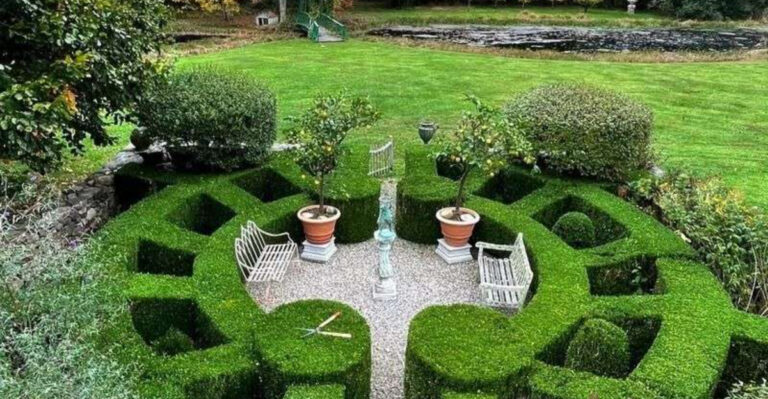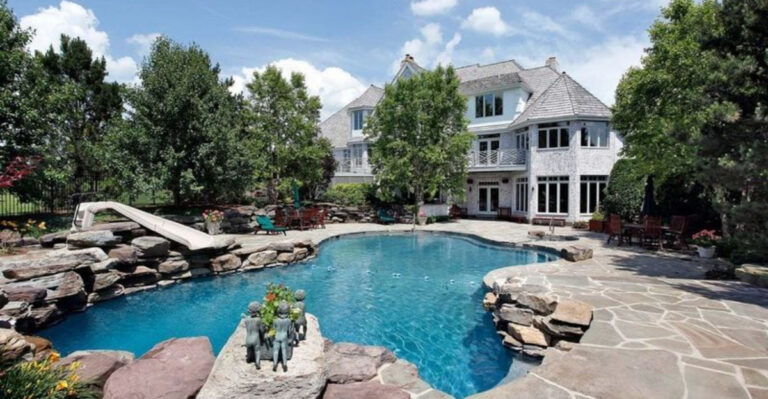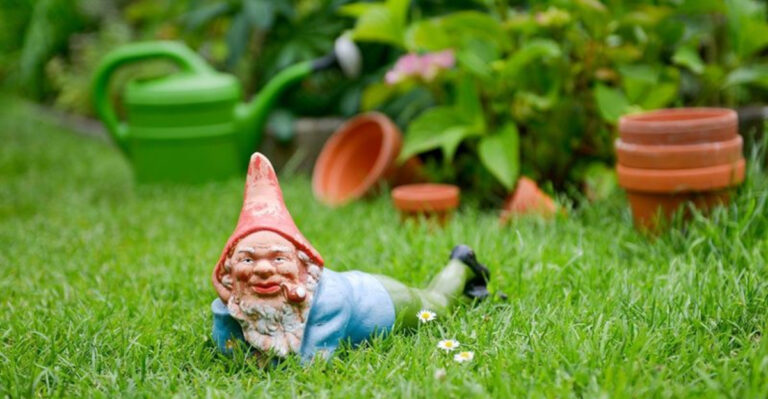10 Things That Immediately Make Your Front Walkway Look Bad (Plus 7 Things To Do Instead According To Designers)
I’ve always believed the path to your front door should feel like a warm invitation, not a warning to turn back. But let’s be honest, I’ve seen my fair share of walkways that do the exact opposite.
Cracked concrete, poor lighting, or landscaping that looks more like an obstacle course than a welcome? Guilty. The thing is, your walkway sets the tone before anyone even rings the bell.
Luckily, with a few smart tweaks and a little design love, you can turn that neglected stretch into a standout feature that makes guests feel at home before they even step inside.
1. Cracked And Broken Pavers
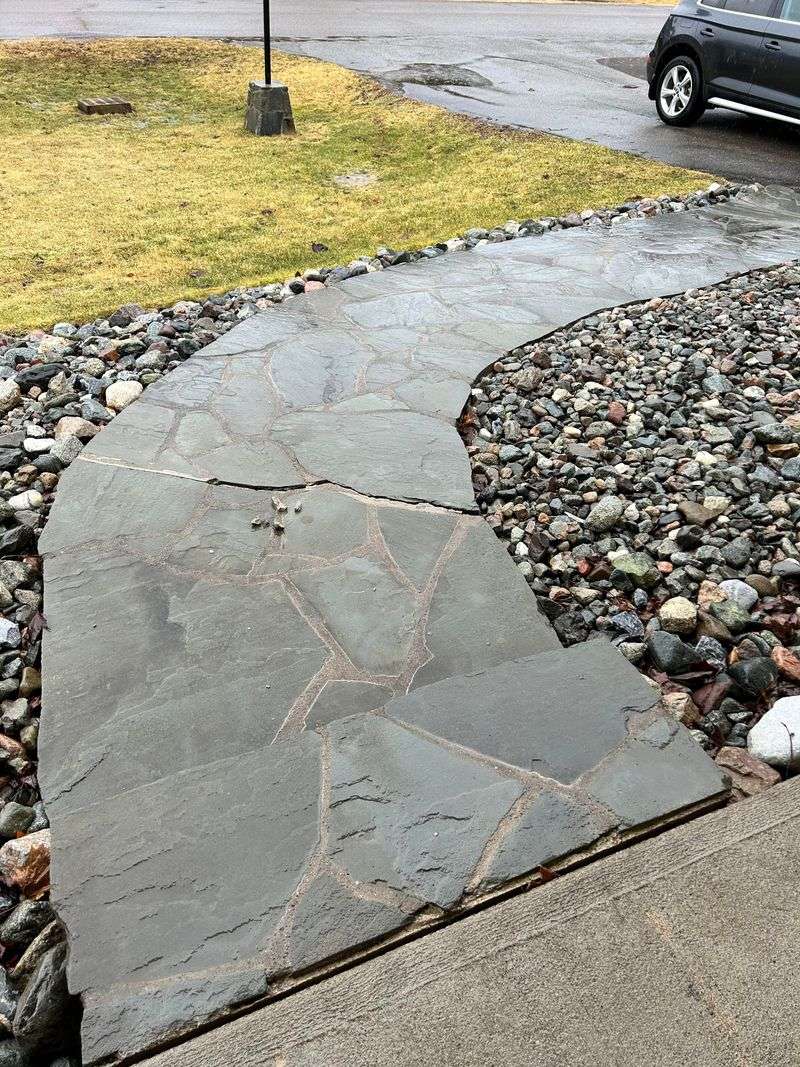
Nothing screams ‘nobody cares about this house’ like a walkway that resembles a mini earthquake zone. Cracked pavers create trip hazards and collect water, leading to further damage during freeze-thaw cycles.
Plus, weeds love to take up residence in these cracks, adding insult to injury. The overall effect ages your home in the worst possible way – like wearing torn jeans to a wedding.
Regular inspection and prompt repairs can prevent small cracks from becoming major eyesores that tank your curb appeal faster than you can say ‘fixer-upper.’
2. Mismatched Materials
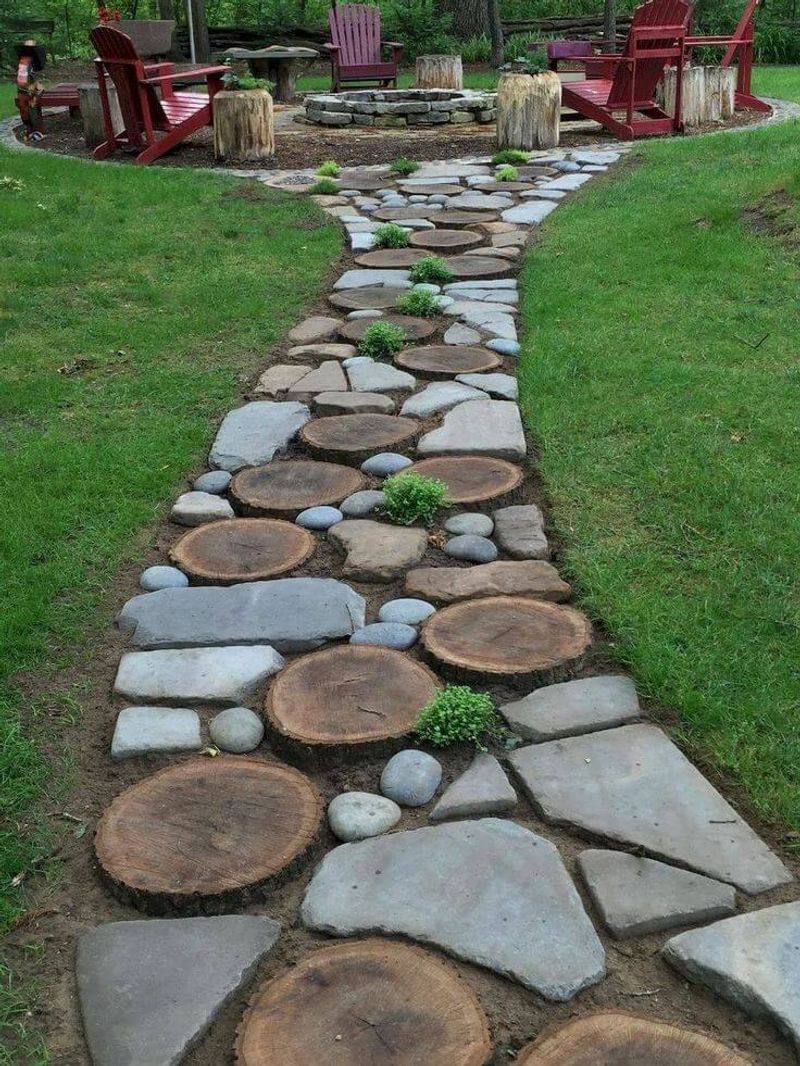
Your walkway should tell a cohesive story, not look like a scrapbook of leftover building supplies! When brick suddenly changes to concrete, then gravel, then slate, visitors get visual whiplash.
This design confusion creates a choppy journey to your door that feels cobbled together without thought. The jarring transitions between materials broadcast indecision and make even a short path feel disjointed and amateur.
Material harmony matters – imagine wearing plaid pants with a polka dot shirt and striped socks. Your walkway deserves better fashion sense!
3. Poor Lighting Choices
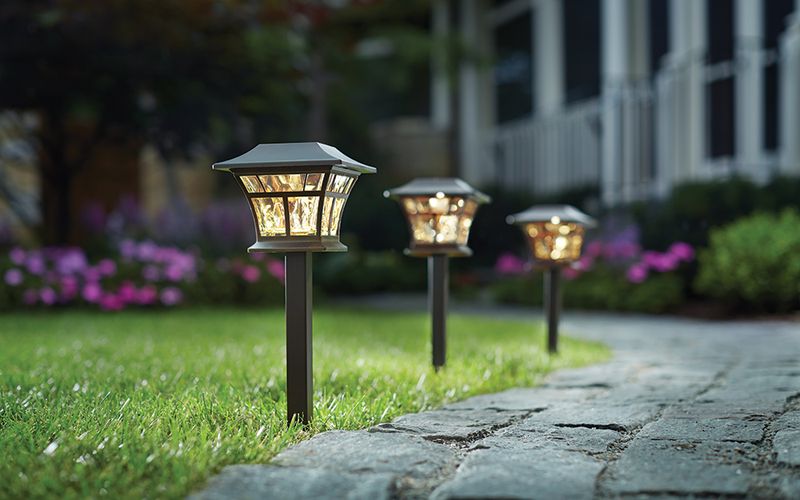
Walking up to a home in the evening shouldn’t feel like navigating a haunted house attraction. Too-dim lighting creates scary shadow zones, while harsh flood lights blind guests like deer caught in headlights.
Those cheap solar stake lights that barely glow past sunset? They’re the equivalent of trying to read by candlelight – charming in theory, useless in practice. And randomly placed fixtures that illuminate nothing important leave visitors guessing where to step next.
Bonus fail points for lights with dead bulbs – they’re like putting up Christmas decorations and never plugging them in!
4. Overgrown Vegetation
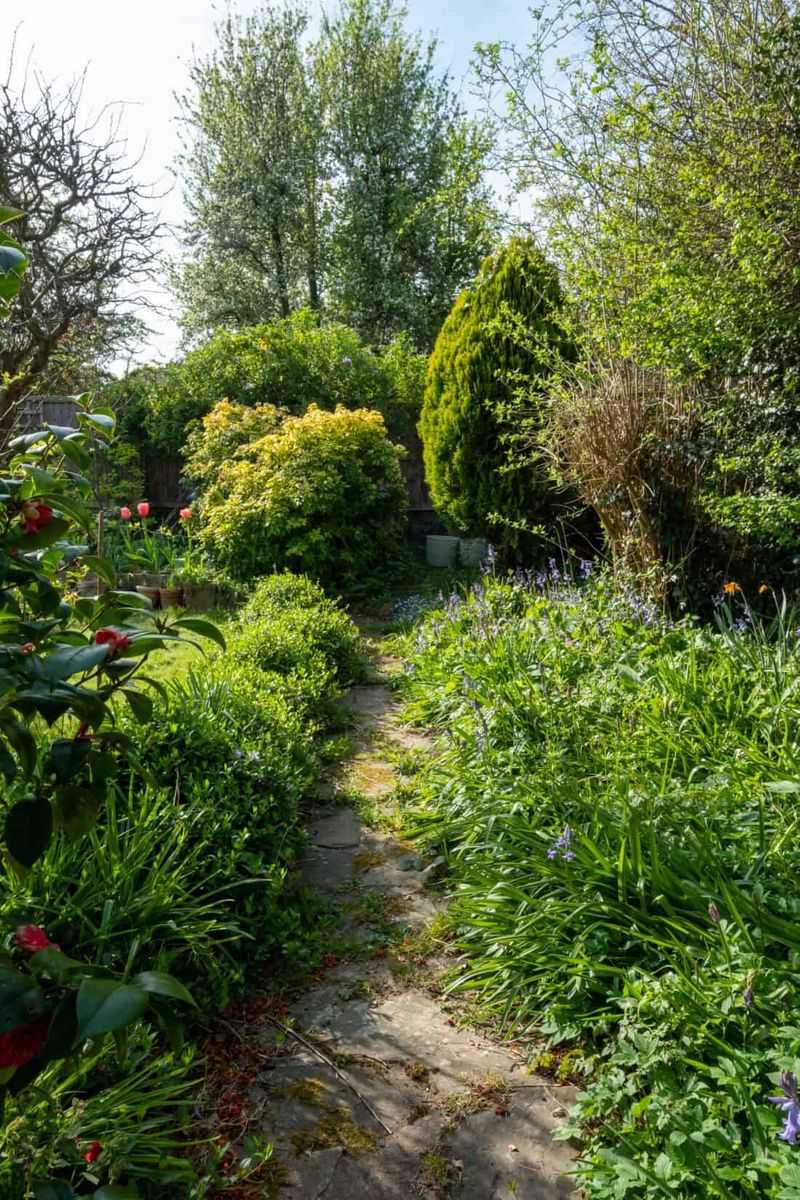
Ah, the jungle approach! When plants go wild, your walkway transforms from welcoming path to wilderness expedition. Shrubs that slap visitors in the face and ground cover creeping across pavers create an obstacle course nobody signed up for.
Overgrown plants don’t just look messy – they actively shrink your walkway’s usable space. Two people walking side-by-side? Forget about it when they’re playing twister with your azaleas.
The message this sends: either you’ve abandoned your home or you’re secretly auditioning for a remake of ‘The Secret Garden’ – minus the charm.
5. Wonky Or Unlevel Surfaces
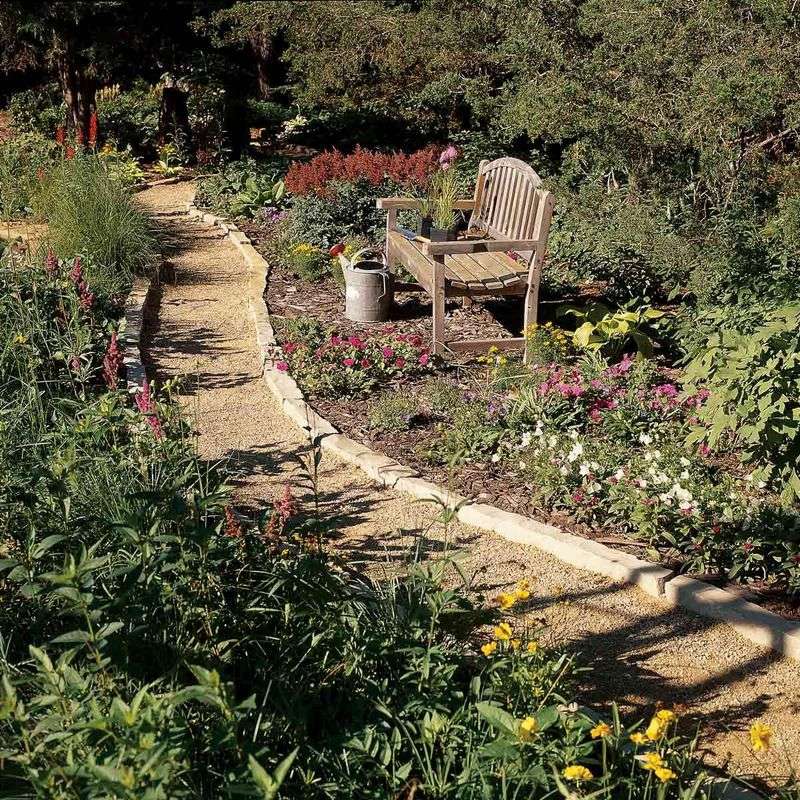
A roller-coaster might be fun at an amusement park, but not when it’s your front path! Uneven surfaces create puddles after rain, trip hazards for everyone, and a visual mess that screams ‘amateur hour.’
That slight tilt might seem minor to you, but guests notice when they feel like they’re walking sideways. Water collecting in low spots creates muddy zones that eventually stain your pavers and invite mosquitoes to set up summer homes.
The cherry on top? Winter turns those innocent-looking dips into ice rinks that could qualify as Olympic venues!
6. Too-Narrow Pathways
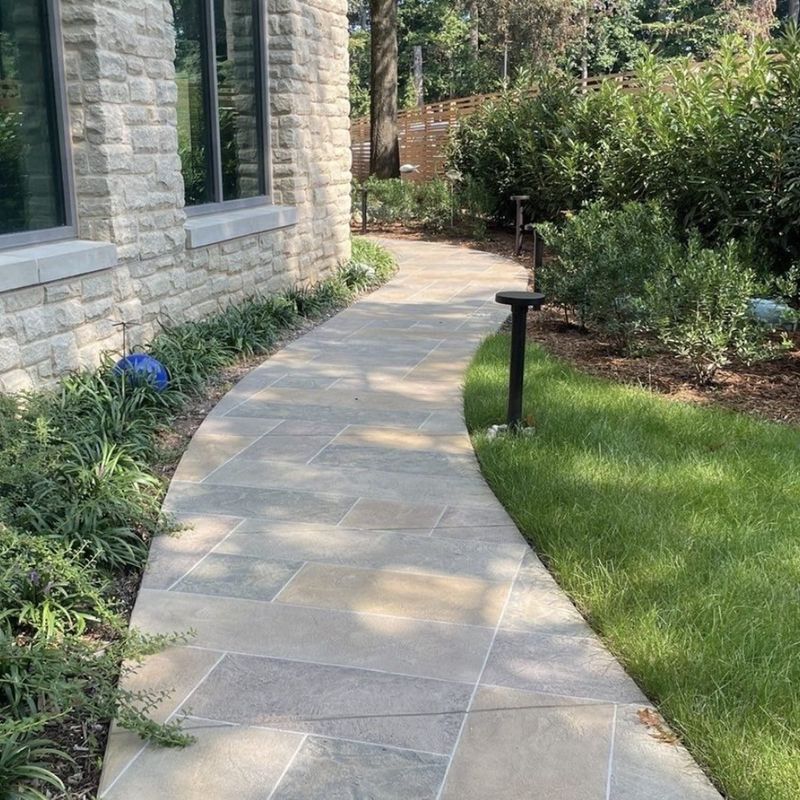
Skinny walkways make your guests feel like tightrope walkers at a circus! When two people can’t comfortably walk side by side, your path is basically saying, “Single file, please – this isn’t a social occasion!”
Narrow paths also make carrying groceries, moving furniture, or helping elderly relatives navigate to your door unnecessarily challenging. The psychological effect? Your home feels unwelcoming before visitors even reach the door.
Fun fact: Most designers recommend a minimum width of 4 feet for front walkways – anything less and you might as well install handrails and caution signs!
7. Boring Straight Lines
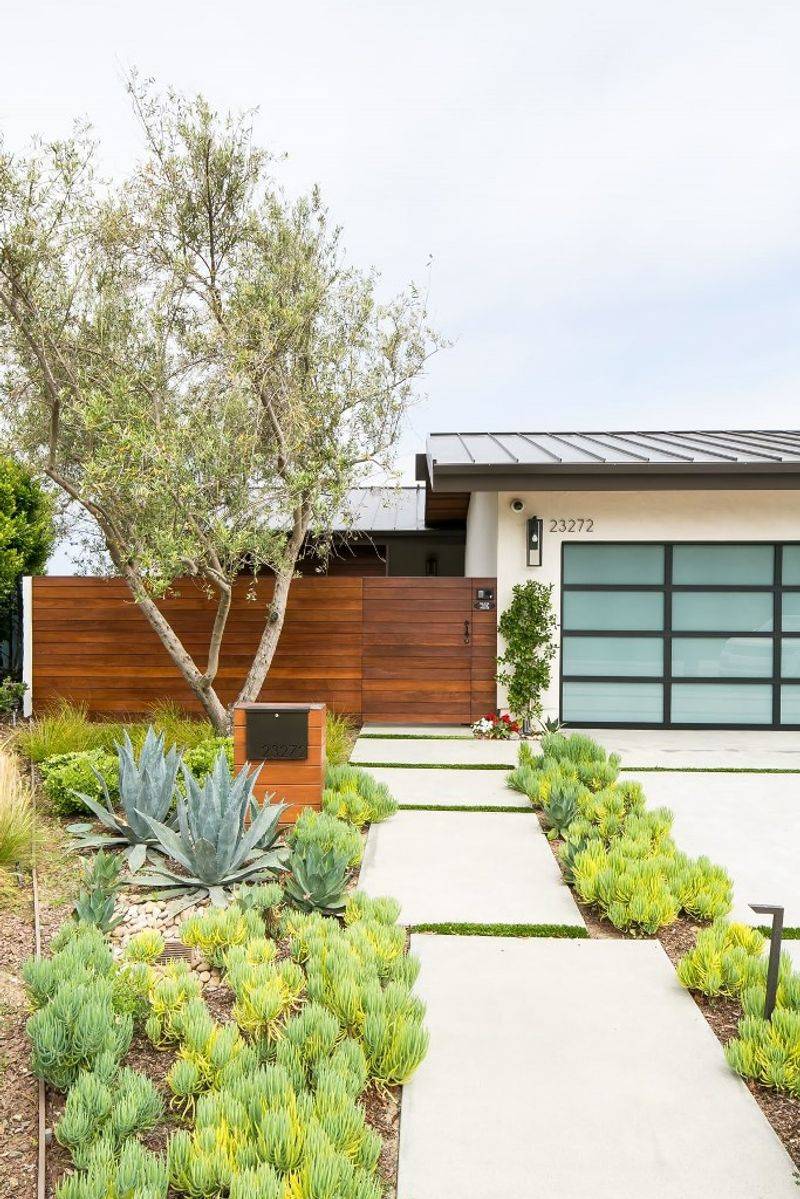
The shortest distance between two points might be a straight line, but it’s also the dullest! A rigid, ruler-straight path from sidewalk to door lacks imagination and turns your entrance into a utilitarian afterthought rather than a designed experience.
These paths practically scream “I’m just here for function” and miss the opportunity to create visual interest or highlight your home’s best features. They often make small yards look even smaller by dividing them too harshly.
Remember how Dorothy followed the Yellow Brick Road? It curved and meandered – because interesting journeys rarely happen in straight lines!
8. Weed-Infested Joints
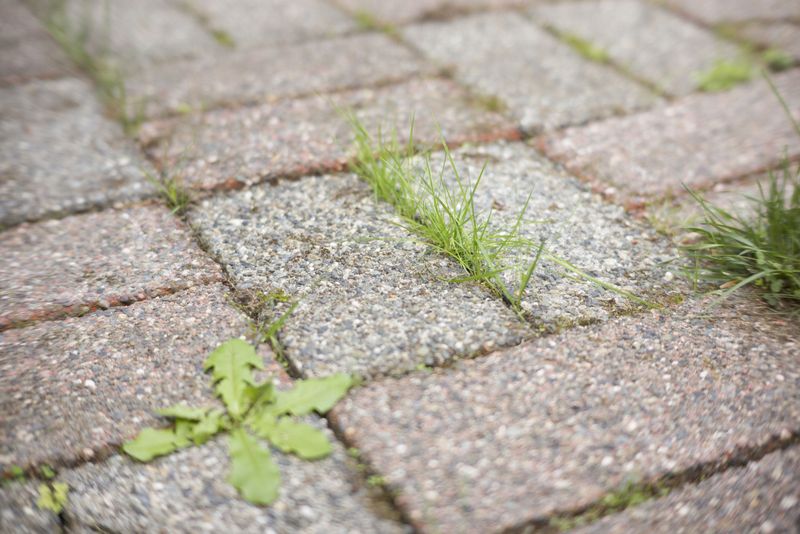
When weeds take over the spaces between your pavers, your walkway looks like it’s growing a scraggly green beard! These unwanted guests don’t just look messy – they actively damage your walkway by widening gaps and creating uneven surfaces.
The sporadic patches of green popping up where they don’t belong create a visual rhythm that screams neglect. Even worse, some weeds bring friends – like ants and other insects that establish colonies right where your visitors walk.
And let’s be honest: pulling those stubborn invaders becomes everyone’s least favorite weekend chore, guaranteed to give you backache and dirty fingernails!
9. Cheap-Looking Materials
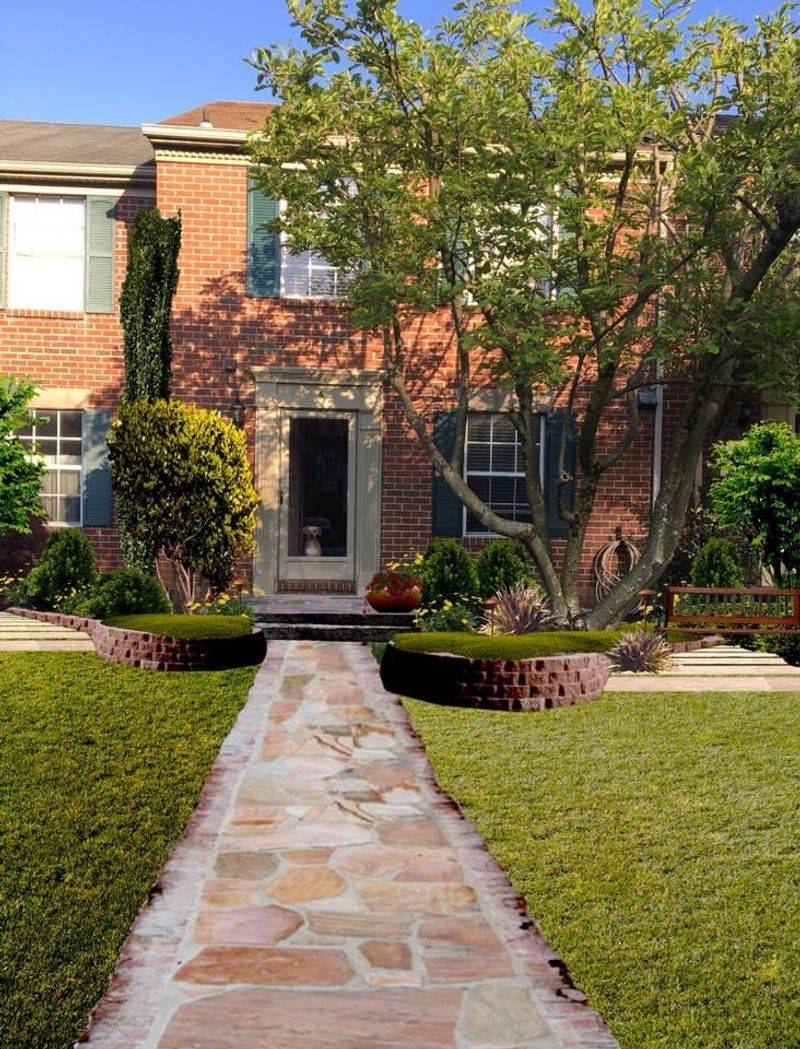
Flimsy plastic edging that’s buckling under pressure? Thin concrete that’s already spalling after one winter? Your walkway materials are basically wearing a neon sign that flashes “BUDGET CUTS HAPPENED HERE!”
Low-quality materials age poorly and create that sad, worn-out look that no amount of power washing can fix. The worst offenders are those faux-stone concrete pavers in unnatural colors that fool absolutely nobody.
Your walkway is like your home’s handshake – and nobody trusts a weak handshake! Quality materials might cost more upfront, but they pay dividends in lasting impressions and fewer embarrassing cracks down the road.
10. Awkward Proportions
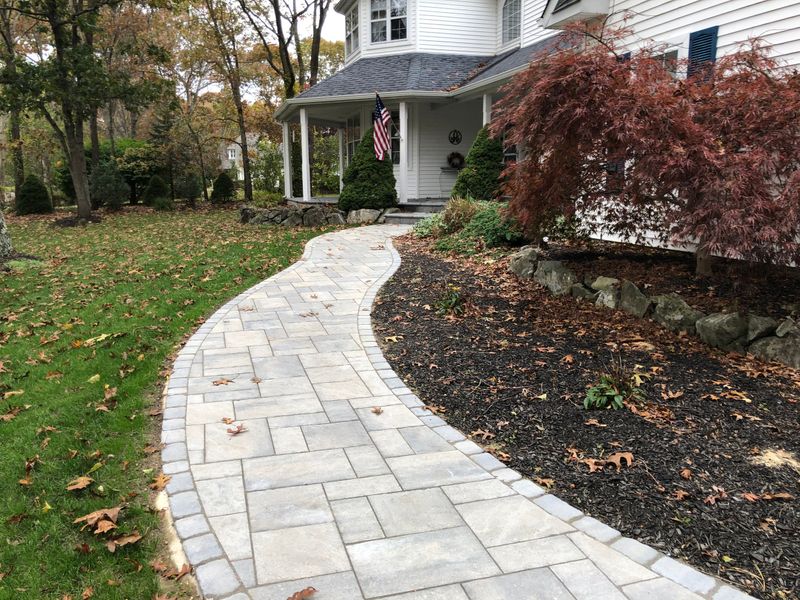
A tiny ribbon of concrete leading to a grand colonial? A massive, airport-runway-width walkway approaching a modest bungalow? When your path doesn’t match your home’s scale, everything looks off-kilter.
Walkways that are too wide waste valuable yard space and make your entrance feel commercial rather than residential. Conversely, paths that are too narrow or too short (stopping halfway across the yard) make your home seem unapproachable or poorly planned.
The mismatch creates that nagging feeling that something’s wrong – like wearing a tuxedo to a backyard barbecue or flip-flops to a wedding.
1. Add Gentle Curves
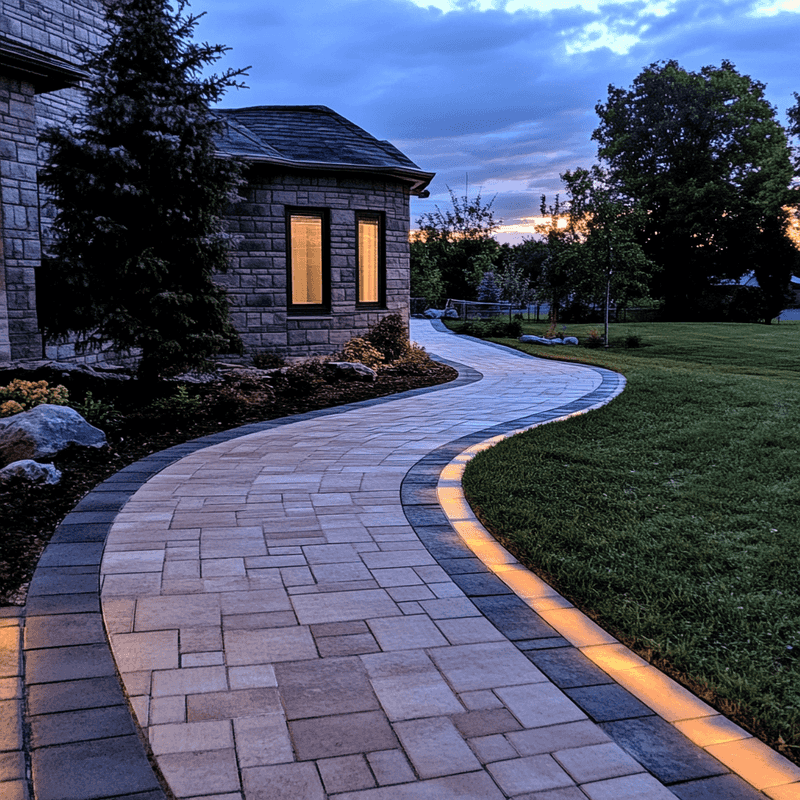
Swap that boring straight line for a path with personality! Gentle curves create visual interest and actually make the journey to your door feel more natural and inviting. Think of it as the difference between a highway and a country road.
Curves allow you to highlight garden features or direct attention to architectural elements of your home. They also make small yards look larger by creating an illusion of more space and depth.
The psychology is fascinating – curved paths feel more relaxing and put visitors at ease, while straight paths feel hurried and utilitarian. Nature rarely creates perfect straight lines, so curves feel more organic and harmonious!
2. Install Proper Drainage
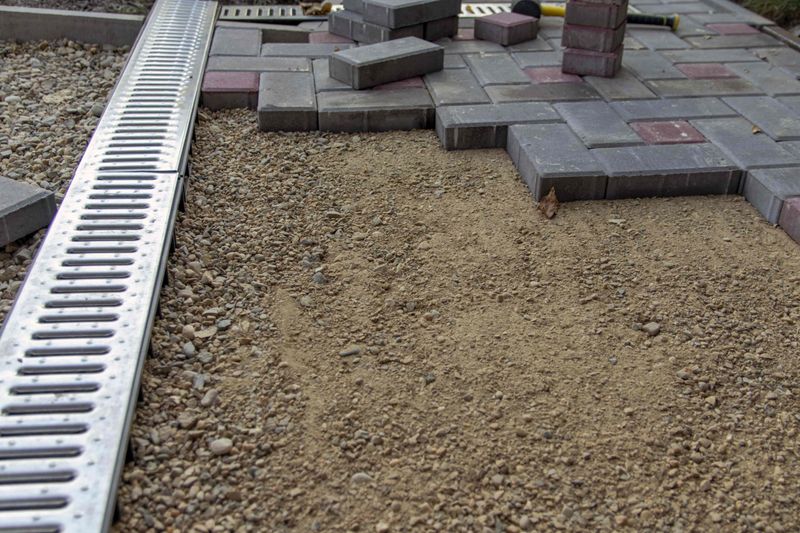
Smart designers know that beautiful walkways start with what you don’t see – proper drainage! A slight crown or slope (about 1/8 inch per foot) ensures water runs off rather than creating puddles or ice patches that turn your walkway into an impromptu water feature.
French drains or channel drains disguised with decorative grates can capture runoff before it becomes problematic. The magic happens when rain disappears quickly, leaving your walkway dry and usable even minutes after a downpour.
Good drainage extends the life of your materials too – preventing staining, cracking, and that green slime that makes walking feel like an extreme sport!
3. Use Quality, Complementary Materials
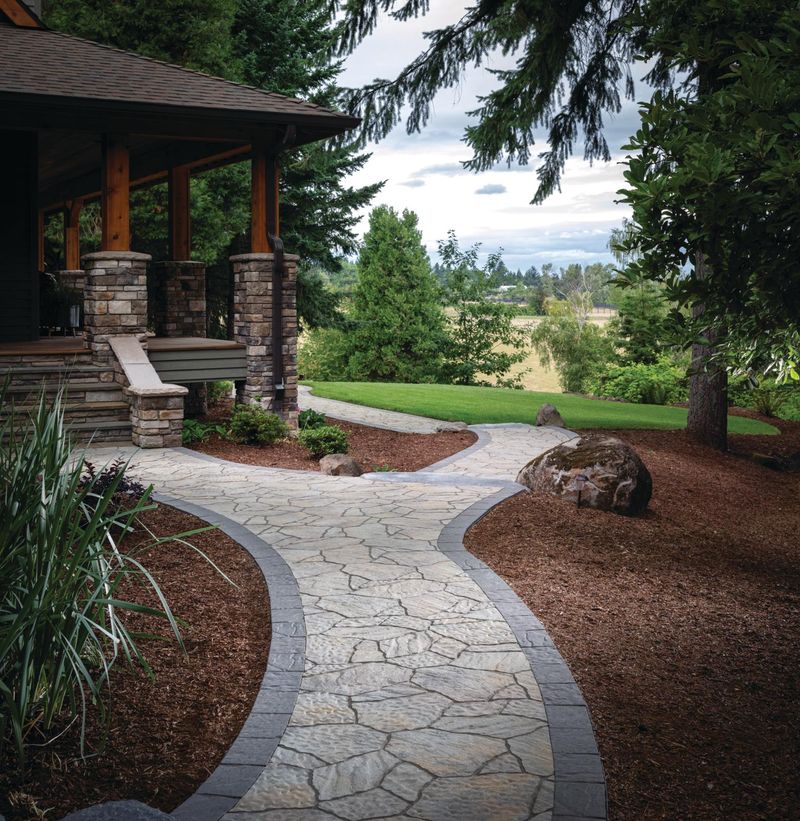
Materials that echo your home’s architecture create that satisfying “meant to be together” feeling! Designers recommend selecting pavers, stone, or brick that picks up colors or textures from your home’s exterior for a cohesive look.
Natural materials like bluestone, limestone, or clay brick develop character over time rather than looking shabby. The difference between quality and budget materials shows up most at the edges – premium pavers have clean, precise cuts and consistent coloring throughout.
Remember that your walkway materials set the tone for your entire landscape – they’re like the foundation garment for your garden’s outfit!
4. Create Proper Width And Scale
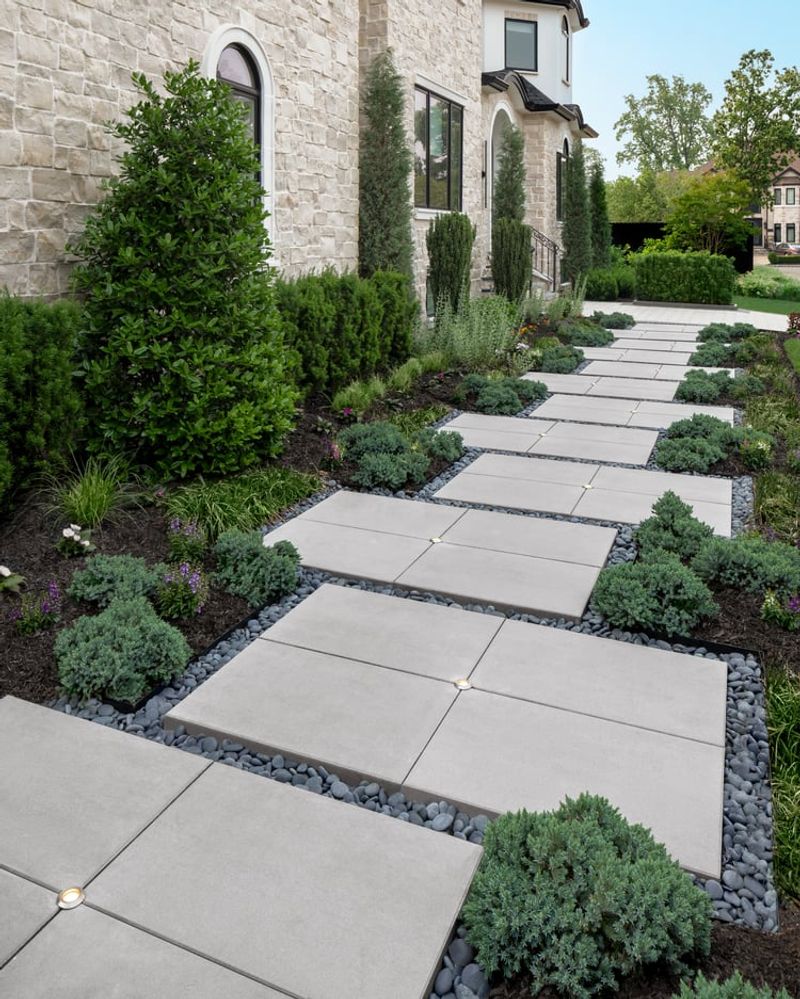
The Goldilocks principle applies perfectly to walkways – they should be just right! Professional designers typically recommend a minimum width of 4 feet for front walkways, allowing two people to walk comfortably side by side.
For larger homes or formal entrances, scaling up to 5 or even 6 feet creates appropriate grandeur. The walkway should also visually balance with your home’s entrance – wider doors or porches deserve wider approaches.
Tapering sections can create visual interest or accommodate direction changes, but avoid narrowing below that critical 4-foot threshold where comfort becomes compromise!
5. Layer Your Lighting
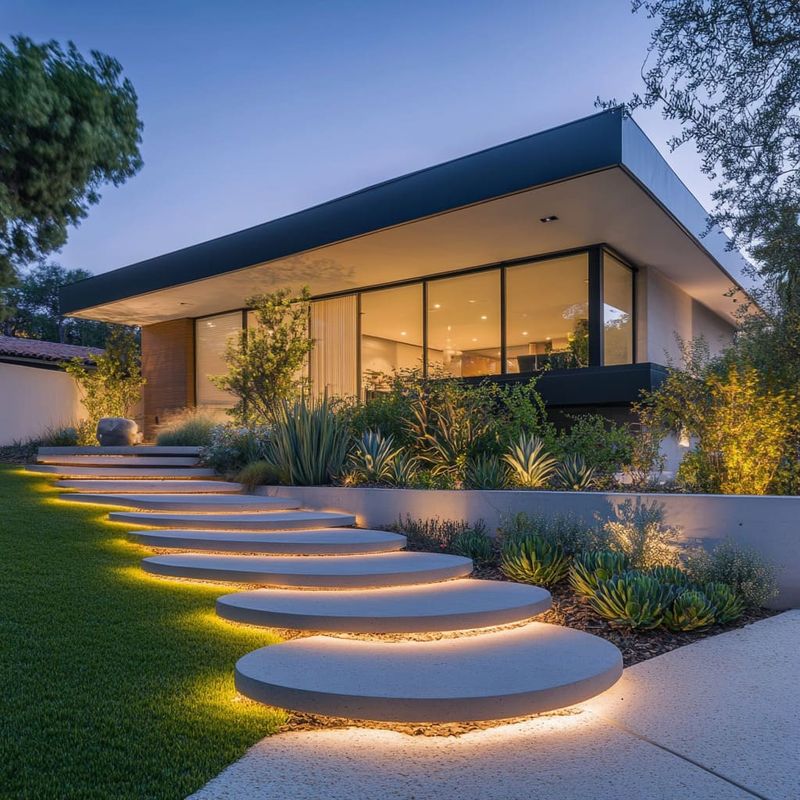
Magical walkways come alive at night through thoughtful lighting layers! Low path lights guide feet safely without creating harsh pools of light, while accent lights highlight nearby plants or architectural features to create depth.
Step lights embedded in risers eliminate scary dark zones, and subtle uplighting on nearby trees creates a magical overhead canopy effect. The best lighting plans combine functional safety with atmospheric beauty.
Modern options include motion-sensing systems that brighten as you approach and smart controls that adjust for season and time – no more fumbling for switches or leaving lights burning all night!
6. Border With Appropriate Plantings

Plants are the perfect partners for pathways when selected with purpose! Low-growing varieties like lavender, catmint, or compact boxwood define edges without encroaching on walking space.
Clever designers create rhythm by repeating plant groupings along the path, but avoid monotony by varying heights and textures. The goal is to frame the walkway without overwhelming it – plants should be supporting actors, not scene-stealers.
Bonus points for selecting fragrant varieties that release delightful scents when brushed against or plants that offer multi-season interest through flowers, berries, or colorful foliage as the year progresses!
7. Add Interesting Focal Points
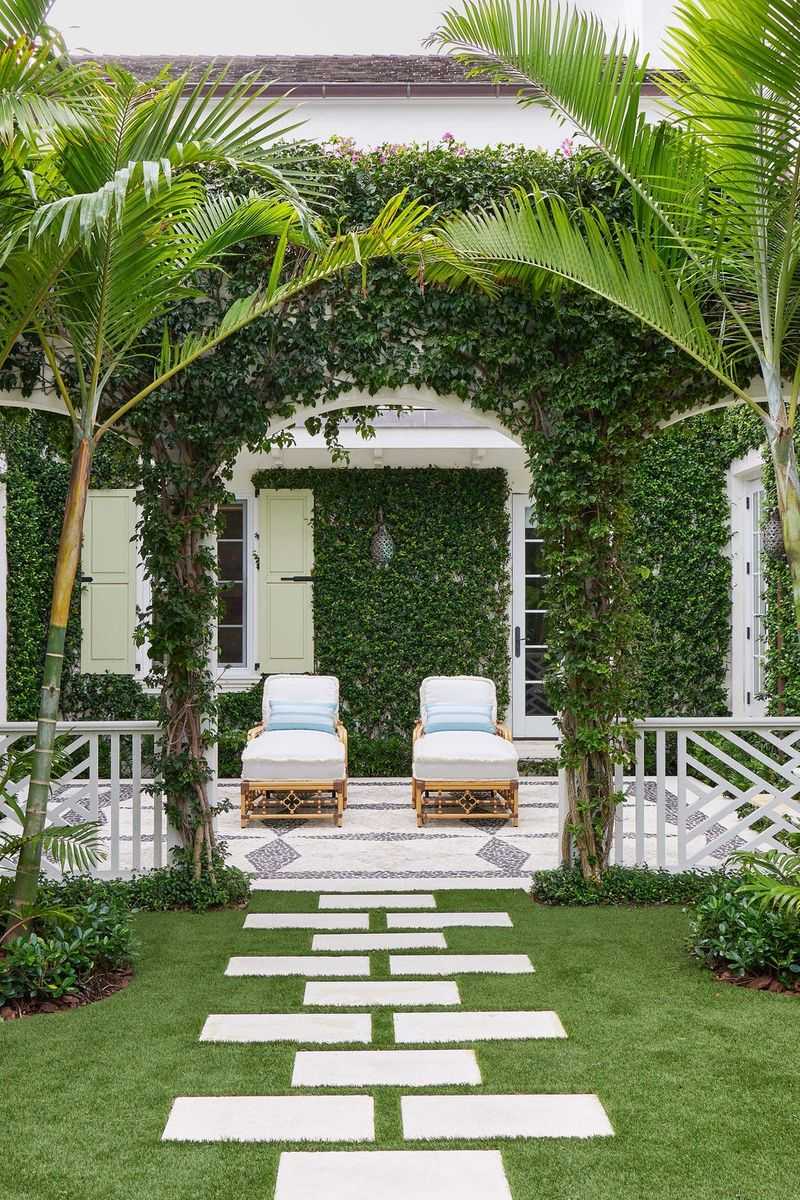
Strategic focal points transform a simple path into a journey of discovery! A striking container, small sculpture, or architectural element placed at a curve or junction creates a visual destination that draws visitors forward.
The trick is moderation – one or two well-chosen elements have more impact than a cluttered collection. Position focal points where the walkway changes direction or at key decision points to naturally guide movement through your landscape.
The best focal points reflect your personality while complementing your home’s style – whether that’s a classic armillary sphere for traditional homes or a modern metal sculpture for contemporary spaces!



